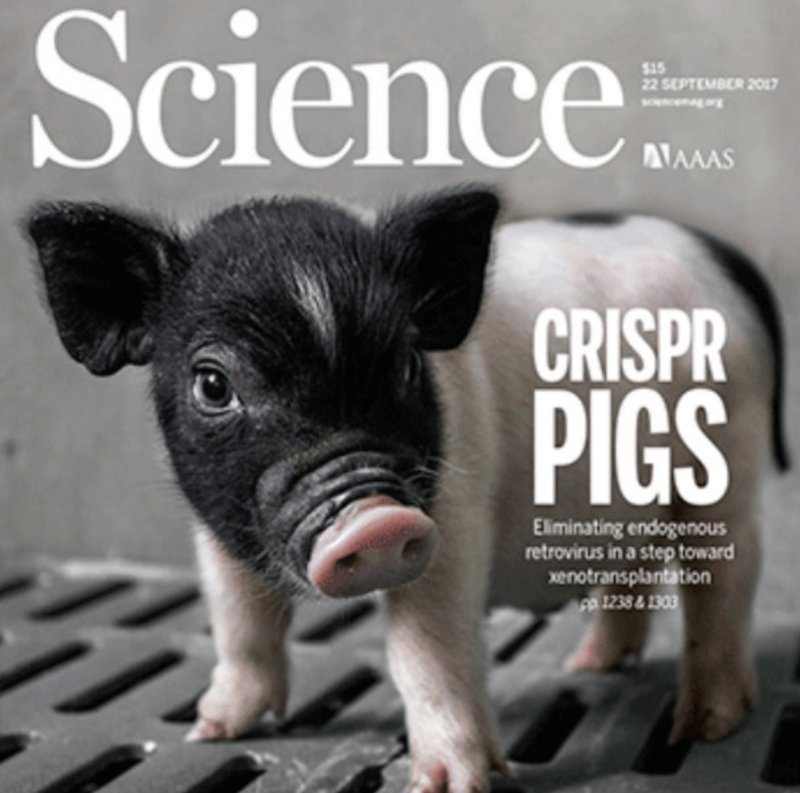Genetic selection through precise breeding programs U.S. pig farmers with assistance from genetic companies have drastically increased the number of finished pigs per sow for over 85 years. As a result, live weight per sow per year climbed from 800 pounds to 4,200 pounds. Do the math that is 3,400 more pounds that one sow generates through increased litters, more piglets surviving along with better feed conversion.
…
Still, there is always room for growth and improving the pork produced.
…
Heart-healthy bacon — is that possible? Yes, just ask the University of Missouri research team. Through gene editing, a pig rich in omega-3 fatty acids is possible.
Similarly, PRRS-resistant pigs are here. A way to end reproductive PRRS is here. A disease that costs the United States easily $600 million annually could be stopped in its tracks if the genome editing animals were consumer accepted and government approved.
Theoretical concepts that scientists have already tackled through gene editing however the research sits on a shelf.
…
The scientists are solving problems through biotechnology, but the science is falling to fear of unknown and political antics. Fear trumps science every day in the consumers’ world.
Getting the public to accept game-changing biotechnology is about making them feel safe.
Read full, original post: Consumer acceptance of GE animals? The loaded million-dollar question































